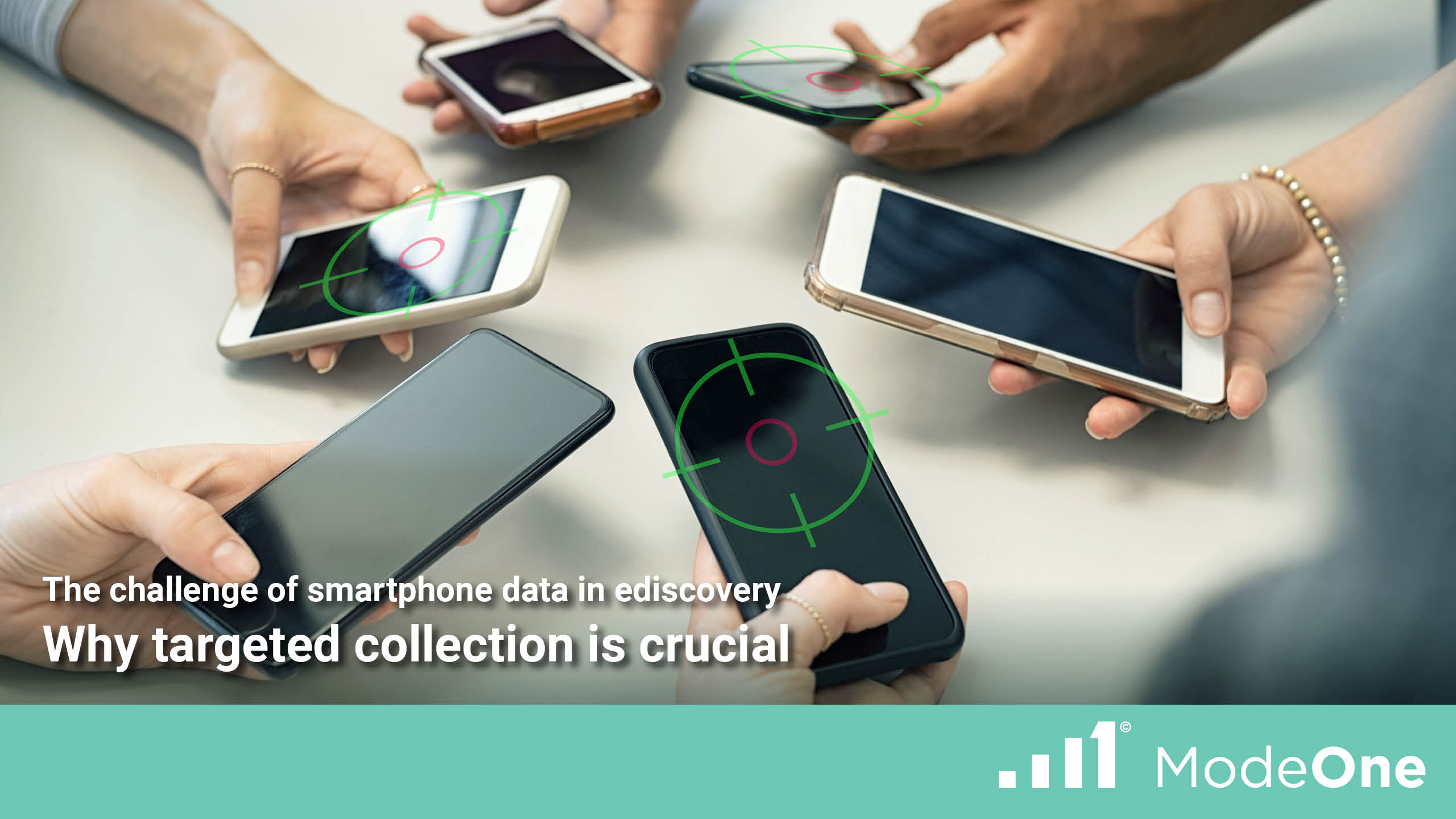The digital age has brought about a transformation in the way evidence is collected and managed. The “collect everything” approach was the norm in the early days, as legal teams lacked the tools and technology to intelligently assess electronically stored information (ESI) data sources. Unfortunately, this practice led to a deluge of digital data that attorneys had to sort through piece by piece, resulting in expensive and inefficient methods.
Cutting Through the Clutter: The Benefits of Targeted Collections
Fortunately, legal technology innovators stepped up to the challenge and created advanced digital tools that can intelligently analyze ESI data sources. This technology can determine what is within the scope of a particular matter and – more importantly – what isn’t helpful or relevant. By focusing on targeted smartphone data collection, legal teams have avoided the impracticalities and excessive expenses of over-collecting data.
The Mobile Revolution: Over 8.6 Billion Devices and Counting
However, corporations and outside counsel face a new digital evidence challenge in the ever-evolving litigation environment: smartphones. There are over 8.6 billion mobile devices in the world today, with 307 million smartphone users in the United States alone. Global mobile device traffic will reach almost one zettabyte annually by the end of 2022, which is equivalent to one billion terabytes or one trillion gigabytes. This staggering amount of data poses a significant burden for legal teams.
Our phones contain dozens of data types: emails, phone call histories, calendars, reminders, contacts, text messages, GPS and location information, web search and browsing activity, photographs, and multimedia files, along with applications for social media, communications, entertainment, and retail. In addition, as smartphones have become a more significant part of their daily lives, employees have blurred the line between business and personal use, adding to the complexity of dealing with this data source.
Efficiency, Privacy, and Protection: The Advantages of Targeted Collection
To avoid the same problems encountered at the beginning of the eDiscovery era, attorneys need new tools specifically designed to facilitate systematic and effective analysis and collection of smartphone data. These tools must be capable of intelligent data segmentation, relevant data identification and must eliminate non-relevant content early in the process. Utilizing these advanced techniques to target critical digital data on smartphones is not only a matter of economics but is also an essential step toward protecting the privacy and personal information of device custodians. (The BYOD trend exacerbates this risk.)
Staying Ahead of the Game: Adapting eDiscovery Strategies in the Mobile Age
Given the ubiquity of cell phones in our culture, it is crucial for eDiscovery practitioners to carefully and strategically target mobile device data collection. Failing to do so can result in significant downstream costs and inefficiencies. By prioritizing the collection of likely-relevant data, legal teams can save valuable time and resources and mitigate risks while ensuring they have the necessary information to build a strong case. As mobile device use continues to grow, it is essential for legal professionals to adapt their eDiscovery strategies accordingly and stay ahead of the curve.
Contact ModeOne to learn more about eDiscovery strategies for smartphone data collection.
